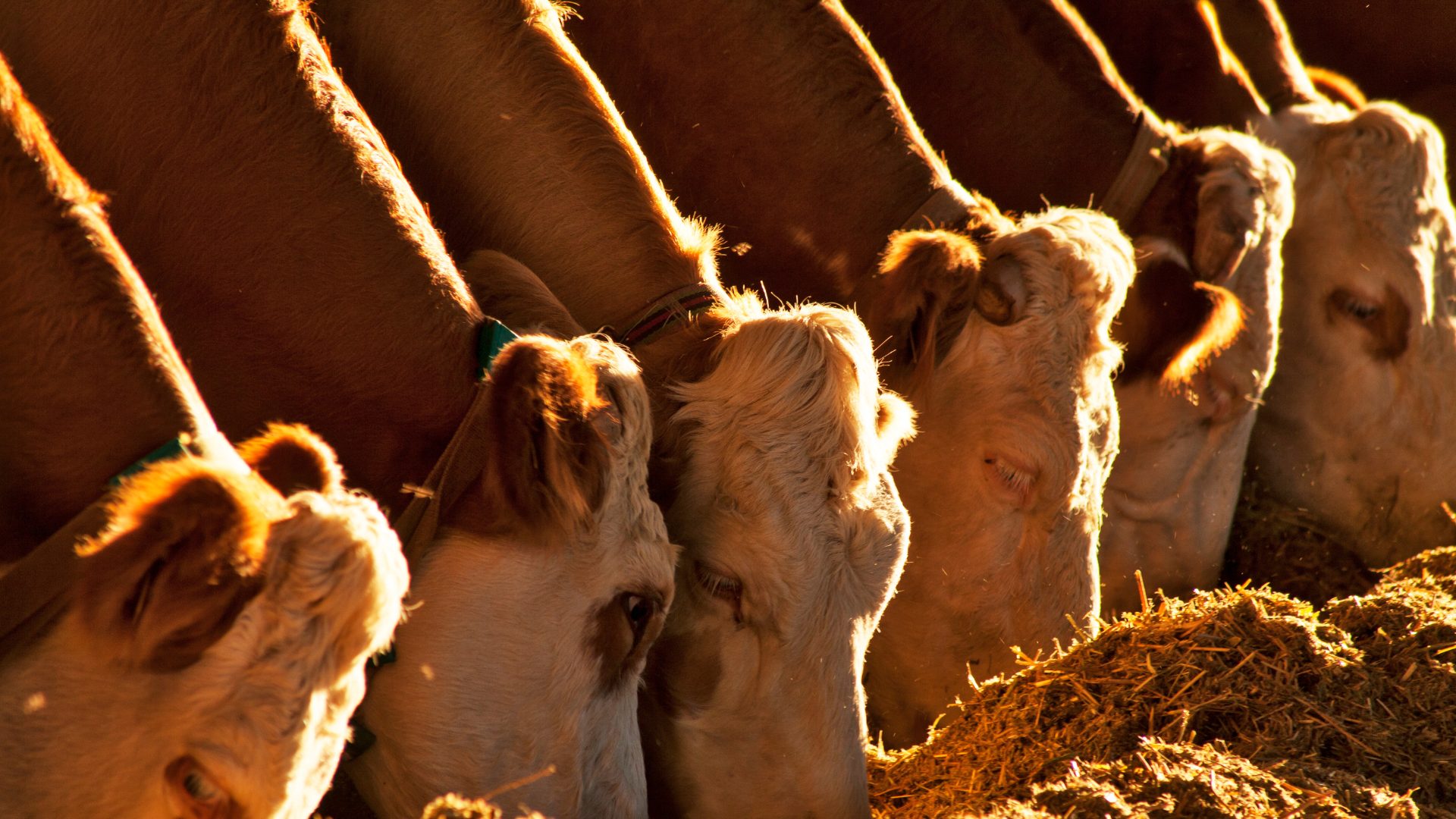Highly pathogenic avian influenza was reported in five turkey flocks in the U.S. in September, among eight outbreaks reported in the U.S. and Canada, WattPoultry.com reported.
Two commercial turkey flocks in South Dakota were hit, bringing to 38 the number of commercial turkey flocks hit by the virus in that state since January, affecting 1.7 million birds. Both flocks were in Clark County. Before this latest report, South Dakota last reported an HPAI outbreak May 3.
Minnesota reported two outbreaks in commercial turkey flocks, one in Brown County and the other in Stearns County, where an outbreak also was reported in a backyard flock. So far, 3.5 million birds have been affected this year in the state.
Meanwhile, HPAI hit a commercial turkey flock in Sanpete County, Utah, affecting 73,200 birds, bringing to 1.63 million the number of birds lost to the virus in that state this year.
An outbreak among 15,900 chickens in Fresno County, California, was confirmed September 15 while a case in a backyard flock in that county was confirmed September 20. Outbreaks also were reported in Alberta and Saskatchewan provinces in Canada.
In other ag-related news:
Drought in Argentina: A third year of drought and soaring fertilizer prices have prompted some farmers in Argentina to switch to growing soybeans this year instead of corn to reduce risk, Bloomberg reported.
Argentina is the world’s biggest exporter of soymeal for animal feed and soy oil for cooking and biofuels. An analyst told Bloomberg soy plantings could expand to 42 million acres from 40 million last year.
Purple tomatoes: The USDA Animal and Plant Health Inspection Service has decided Norfolk Plant Sciences’ new purple tomato is safe to grow and to use for breeding.
The British company created the genetically enhanced fruit, adding two genes from snapdragons to increase the level of anthocyanins, which have antidiabetic, anticancer and antimicrobial properties. Seeds should be available for purchase by U.S. home growers next year – but not in the U.K.
Agriculture census: The 2022 USDA Census of Agriculture will focus in part on technology. The USDA wants to examine precision agriculture and determine how farmers in rural areas connect to the internet: broadband, satellite, dial-up service or cellphone.












